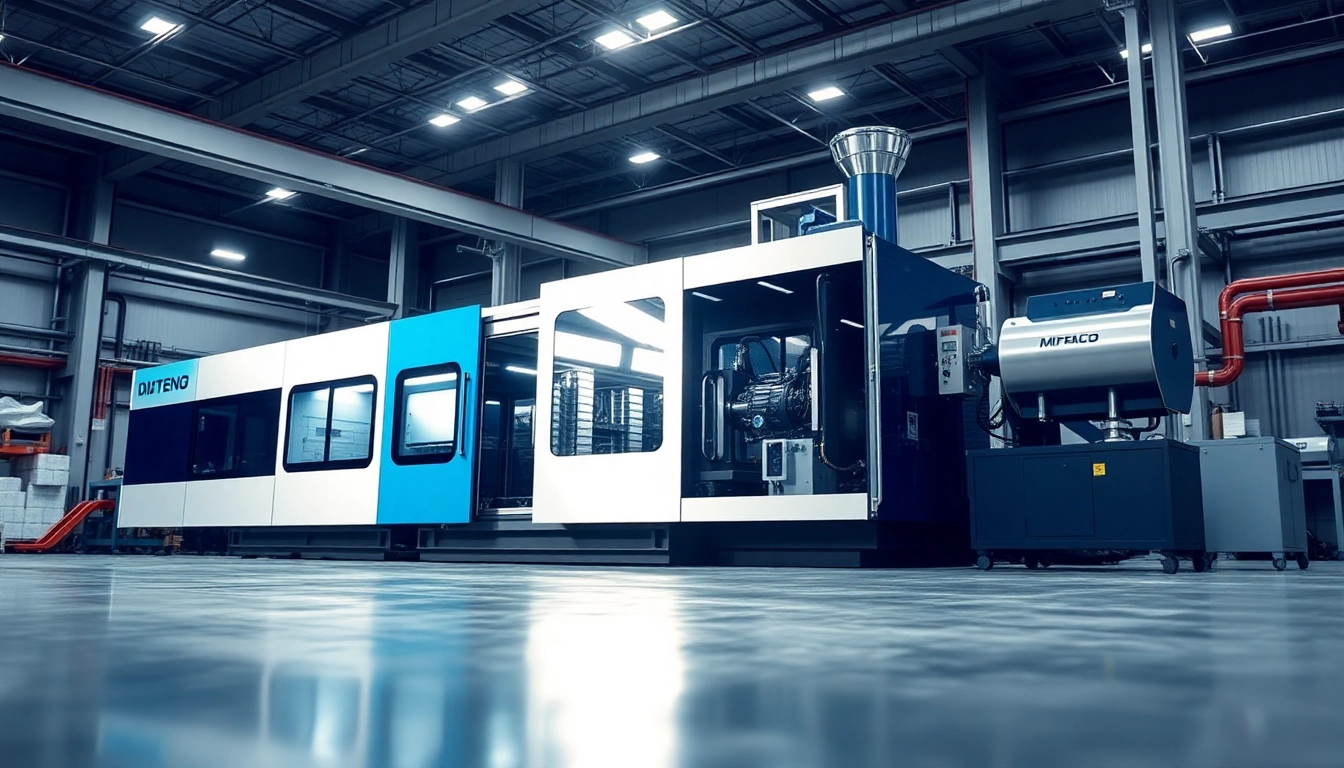Keeping heavy trucks operational and performing optimally on the road is paramount for the transportation industry. At the core of any vehicle’s functionality is its battery. The reliance on battery power, whether to start an engine or support auxiliary systems, demands a thorough understanding of battery types, performance metrics, and when it’s time for a change. In this comprehensive guide, we will explore battery replacement for heavy trucks on the road, covering everything from battery types and signs of failure to replacement steps, costs, and future trends in battery technology.
Understanding Battery Types for Heavy Trucks
Heavy trucks depend on reliable battery systems to ensure smooth operation. Different battery types cater to varying needs and performance standards. Understanding these can be the difference between a truck that runs smoothly and one that frequently breaks down over battery issues.
Lead-Acid Batteries: The Traditional Choice
Lead-acid batteries have long been the standard choice for heavy trucks. They are favored for their affordability, availability, and robustness. These batteries come in two primary configurations:
- Starting Batteries: Designed primarily to provide high bursts of power for engine ignition.
- Cyclic Batteries: Optimized for deep discharge and recharge, suitable for auxiliary power systems.
One of the significant downsides of lead-acid batteries is that they require regular maintenance, including electrolyte checks and topping up, to prolong their lifespan. They can also be heavy, which might impact fuel efficiency in larger vehicles.
AGM Batteries: Benefits and Considerations
Absorbent Glass Mat (AGM) batteries are a safer and more efficient alternative to traditional lead-acid options. They’re designed using a technology that allows them to operate in any orientation without leaking. Key advantages of AGM batteries include:
- Better Shock and Vibration Resistance: Ideal for heavy trucks that encounter rough driving conditions.
- Low Self-Discharge: AGM batteries can retain charge better when not in use, making them a reliable choice for longer periods of inactivity.
- Maintenance-Free: They do not require topping up of electrolytes.
However, AGM batteries are often more expensive and may not deliver the same burst power as conventional lead-acid batteries, making them less suitable for some heavy-duty applications.
LFP Lithium Batteries: The Future of Heavy Truck Power
Lithium Iron Phosphate (LFP) batteries are emerging as a revolutionary option for heavy trucks. They offer significant advancements in terms of weight, efficiency, and longevity. Here are several reasons why they may be the battery of the future:
- Lightweight: LFP batteries weigh significantly less than lead-acid and AGM batteries, enhancing fuel efficiency.
- Long Lifespan: These batteries can outlast traditional options by a wide margin, offering thousands of charge cycles.
- Fast Charging: LFP batteries can be charged more rapidly, reducing downtime during battery replacement.
Despite these benefits, LFP batteries come with a higher initial cost and may require specific charging systems. Moreover, the technology is still developing in the context of heavy trucking applications.
Signs Your Heavy Truck Needs a Battery Replacement
Being able to recognize the signs of a failing battery can save time and money. Understanding when to replace a battery is crucial for any heavy truck operator.
Common Symptoms of a Failing Battery
There are a few indicators that can suggest it may be time to replace a heavy truck’s battery:
- Difficulty Starting: If the truck struggles to start or cranks slowly, this can indicate a weak battery.
- Corrosion: Significant corrosion around battery terminals can impede electrical connectivity.
- Electrical Issues: Dimming lights or intermittent electrical failures point to battery problems.
- Warning Lights: Dashboard indicators like the battery warning light can signify battery failure.
When to Seek Professional Diagnosis
If any of the above signs manifest, it’s advisable to consult with a professional. They can conduct a thorough diagnosis, often using specialized tools that can provide metrics such as voltage output and cranking amps. This ensures that any underlying issues are also identified and dealt with before they cause more significant operating problems.
The Importance of Regular Battery Testing
Routine battery testing should be a standard practice for fleet management. It is generally recommended to perform a complete battery and charging system inspection at least once a year. Regular testing can help identify declining performance before it leads to a breakdown. Tools such as multimeters, load testers, and conductance testers can offer insights into battery health and lifecycle.
Steps for Successful Battery Replacement on the Road
Finding yourself in a position where you must replace a heavy truck battery on the road can be daunting. However, following essential steps can simplify the process.
Tools and Equipment Needed for Battery Replacement
Before embarking on battery replacement, ensure you have the following tools:
- Safety Gear: Gloves and goggles to protect against acid and debris.
- Wrenches: For removing battery terminals, typically 10mm or 13mm.
- Battery Terminal Cleaner: To maintain terminals and connections.
- Multimeter: For testing battery voltage and health post-replacement.
Step-by-Step Process for Safe Battery Swapping
Here are the steps to safely replace a heavy truck battery:
- Park Safely: Ensure your truck is on level ground and set the parking brake.
- Disconnect Negative Terminal: Always start by disconnecting the negative terminal to avoid sparks.
- Disconnect Positive Terminal: After the negative, remove the positive terminal.
- Remove Old Battery: Carefully lift out the old battery. Seek assistance as needed due to its heavy weight.
- Position New Battery: Place the new battery in the tray, ensuring it sits securely.
- Connect Positive Terminal First: Follow this by attaching the negative terminal.
- Check Secure Connections: Ensure terminals are tight and free of corrosion.
- Test Battery: Use a multimeter to check voltage and ensure the system is operational.
Post-Replacement Checklist for Optimal Performance
After a battery replacement, consider the following to ensure optimal performance:
- Monitor for any electrical issues in the first few days.
- Check terminal tightness weekly for the first month.
- Keep a close eye on the battery health if using a new technology like LFP.
Comparing Battery Costs for Heavy Trucks
Understanding the factors associated with battery costs will help in budgeting and investment for heavy truck operations.
Price Factors: What Determines Battery Cost?
Several factors influence battery pricing:
- Type of Battery: Lithium batteries are generally more expensive than lead-acid or AGM.
- Brand and Warranty: More reputable brands may command higher prices but often come with extended warranties.
- Location: Prices may vary depending on local market conditions.
Budgeting for Frequent Road Use
For fleets operating under heavy use conditions, battery replacement is a recurring expense that should be anticipated in the budget. Setting aside a dedicated fund for regular maintenance and emergency replacements will mitigate the impact of unexpected failures on cash flow.
Finding Affordable Options Nearby
Exploring local and online suppliers can yield reasonable options. Look for bulk purchase discounts or partnerships with local dealerships to procure batteries without additional markup.
Future Trends in Heavy-Duty Truck Battery Technology
The evolution of truck battery technology is ongoing, with numerous advancements poised to change how fleets manage energy needs.
Innovations in Battery Performance and Sustainability
New advancements in battery engineering are continuously enhancing performance. For instance, solid-state batteries are emerging, which promise greater energy density and faster charging capabilities compared to conventional lithium solutions. Moreover, sustainability is becoming paramount, with increasing attention on recyclable materials and eco-friendly manufacturing practices.
The Role of Battery Swapping Stations
As electric and hybrid trucks become more common, battery swapping technologies may play a vital role. They allow for rapid battery changes, minimizing downtime and maximizing freight efficiency. This system can be especially useful in urban environments where quick turnaround is crucial.
Government Regulations Impacting Battery Selection
Government regulations around emissions and energy consumption are increasingly influencing battery technology and selection. Heavily regulated regions may favor energy-dense technologies that comply with stringent guidelines, furthering innovation in the sector.
In conclusion, understanding battery replacement for heavy trucks is a key factor in ensuring operational efficiency and reliability on the road. From recognizing the right moment for replacement to adapting to new technologies and budgeting for costs, operators who stay informed will undoubtedly enjoy a competitive edge. Choosing the correct battery type and preparing for possible future trends are crucial as the industry evolves.



